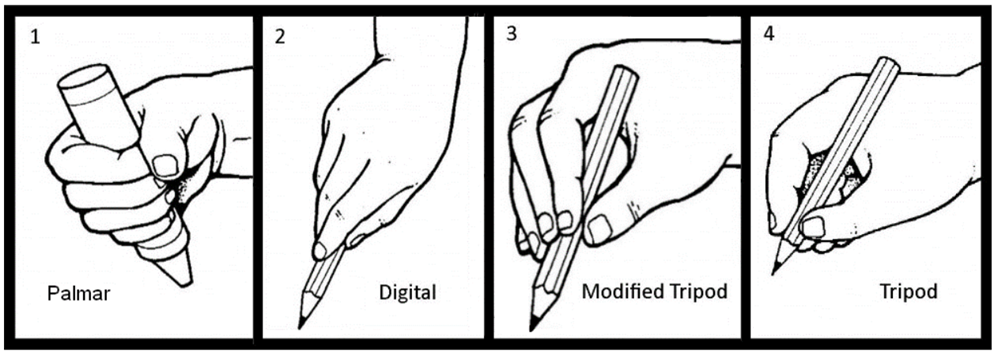Handwriting


At All Saints’ Primary School we are very proud of our pupil’s handwriting and take particular care in our handwriting style. We use Letter-join’s on-line handwriting resource and Lesson Planners as the basis of our handwriting policy as it covers all the requirements of the National Curriculum. Take a look at our Handwriting Policy below.
Handwriting is a basic skill that influences the quality of work throughout the curriculum. By the end of Key Stage 2 all pupils should have the ability to produce fluent, legible and, eventually, speedy joined-up handwriting, and to understand the different forms of handwriting used for different purposes.
Our intention is to make handwriting an automatic process that does not interfere with creative and mental thinking.
Pencil Grip

Why is handwriting important?

Why Cursive handwriting?
- Letters are produced in a flowing movement, which helps the development of a physical memory of how each letter is written.
- Letters all start in the same place and flow from left to right, which reduces the chance of reversal mix-ups such as b/d and p/q.
- Due to the smooth flow, writing becomes quicker and easier.
- Brain mapping, as it is called, shows that during cursive writing both the right and left hemispheres of the brain are active- this promotes improved language and memory functions. This is something that is not present either while writing in print or on a keyboard.
- A cursive style of handwriting is recommended by the British Dyslexia Association.
